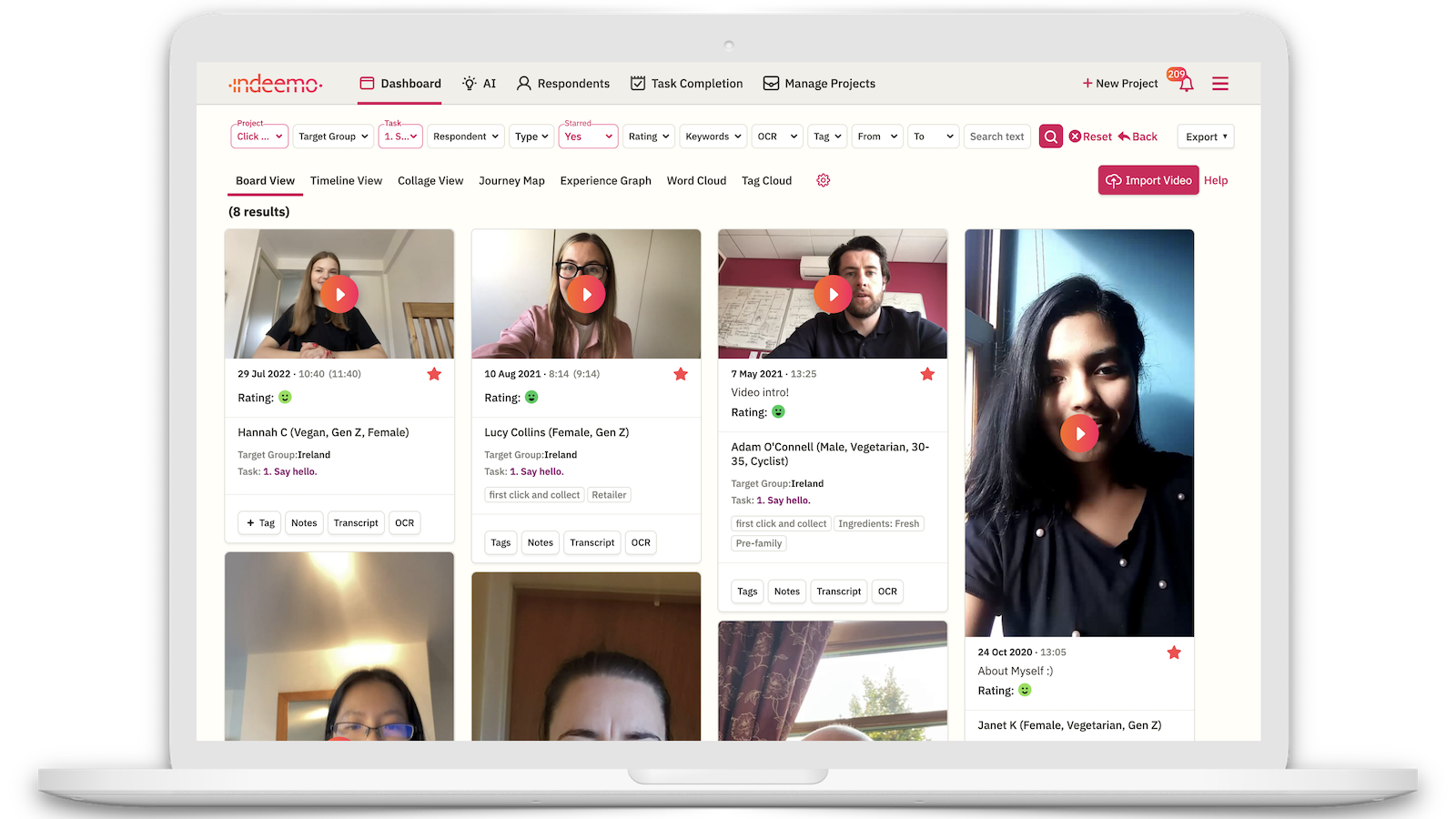The Role of Concept Testing in User-Centred Design
For product development, the emphasis on creating user-centred designs has become paramount. Central to understanding and meeting user expectations is the process of concept testing, a strategy that should transcend beyond a mere checkpoint in the product development cycle. This iterative and insightful approach to user research and experience design not only informs but significantly influences the trajectory of product development. Through this blog, we'll explore the indispensable value of concept testing, its iterative application throughout the product lifecycle, and the qualitative research techniques that best capture its essence, while shedding light on the limitations of relying solely on quantitative data.
What is Concept Testing?
Concept testing serves as a critical bridge between initial ideas and their real-world applications, allowing designers and developers to validate assumptions, understand user needs, and refine their concepts based on direct feedback from the target audience. It's about testing the waters before diving in; ensuring that the product not only solves a problem but does so in a way that resonates with its intended users.
An Iterative Approach to Product Development
Far from being a one-off event, concept testing can be a cyclical process that should be revisited at various stages of product development. From the early stages of ideation to the final touches before launch, concept testing provides ongoing insights that guide the design process. This iterative nature ensures that products evolve in lockstep with user feedback, reducing the risk of costly redesigns or market misalignment at later stages.
Qualitative Research Methods for Concept Testing
To truly understand the impact and appeal of a concept, qualitative research techniques are invaluable. They offer a depth of insight that quantitative methods can't match, capturing the subtleties of user experience, perception, and behaviour. The following are some of the most effective qualitative techniques for concept testing:
In-Depth Interviews
These provide a profound understanding of the user's needs, motivations, and reactions to a concept, revealing not just what they think but why they think it.
Focus Groups
By facilitating discussions among a group of target users, focus groups can uncover a diverse range of opinions and attitudes, providing a multi-dimensional view of the concept's potential impact.
Usability Testing
Observing users interact with a prototype or concept allows for direct feedback on usability issues, engagement levels, and intuitive design elements.
Ethnographic Studies
Immersing in the users' environment offers unparalleled insights into how a concept fits into their daily lives, highlighting practical applications and potential challenges.
These techniques prioritise the quality of feedback over the quantity, enabling a deeper understanding of user interactions, experiences, and expectations.
The Risk of Quantitative Research Methods for Concept Testing
While quantitative research methods, such as surveys and analytics, can offer broad insights into user behaviour and preferences, they can often come with limitations in the context of concept testing.
Quantitative data may indicate trends or general user reactions but lack the depth required to understand the nuances of user experience.
This data doesn't provide the 'why' behind user responses, making it difficult to make informed decisions about concept adjustments.
Moreover, quantitative methods risk overlooking the unique needs and perspectives of different user segments, potentially leading to a one-size-fits-all approach that fails to resonate on a personal level.
Embrace Iterative Concept Testing
Concept testing is a cornerstone of user-centric design, offering critical insights that shape the direction of product development. By embracing an iterative approach and leveraging qualitative research techniques, teams can ensure their products are not only technically sound but deeply connected to the needs and desires of their target audience.
This process highlights the importance of understanding the user experience at every stage, ensuring that the final product is not just a solution, but the right solution. As we move forward, the role of concept testing in creating meaningful and impactful user experiences will only grow, solidifying its place at the heart of product design and development.
Contact Us
To learn how Indeemo works or discuss a project about Concept Testing in User-Centred Design, contact us now.







